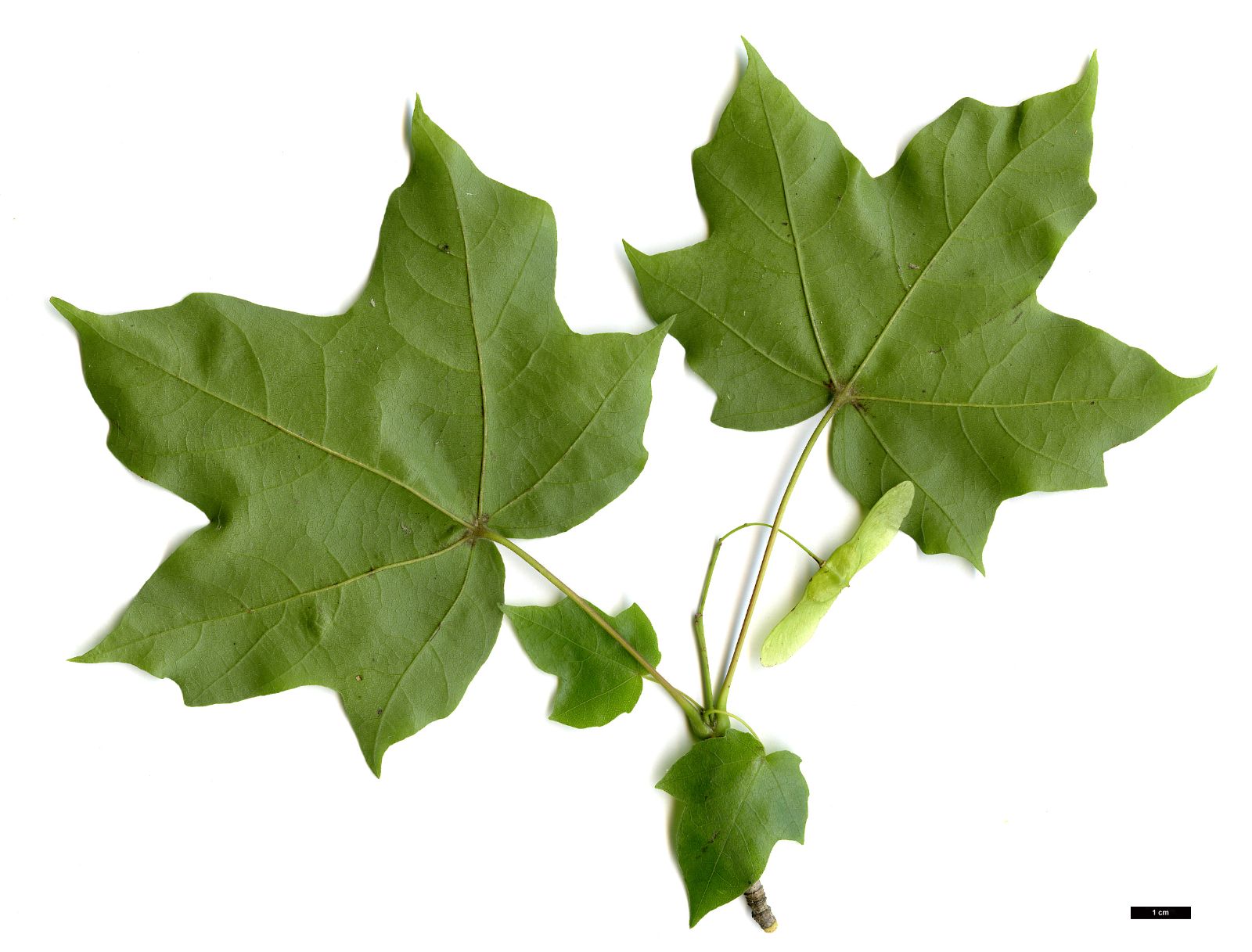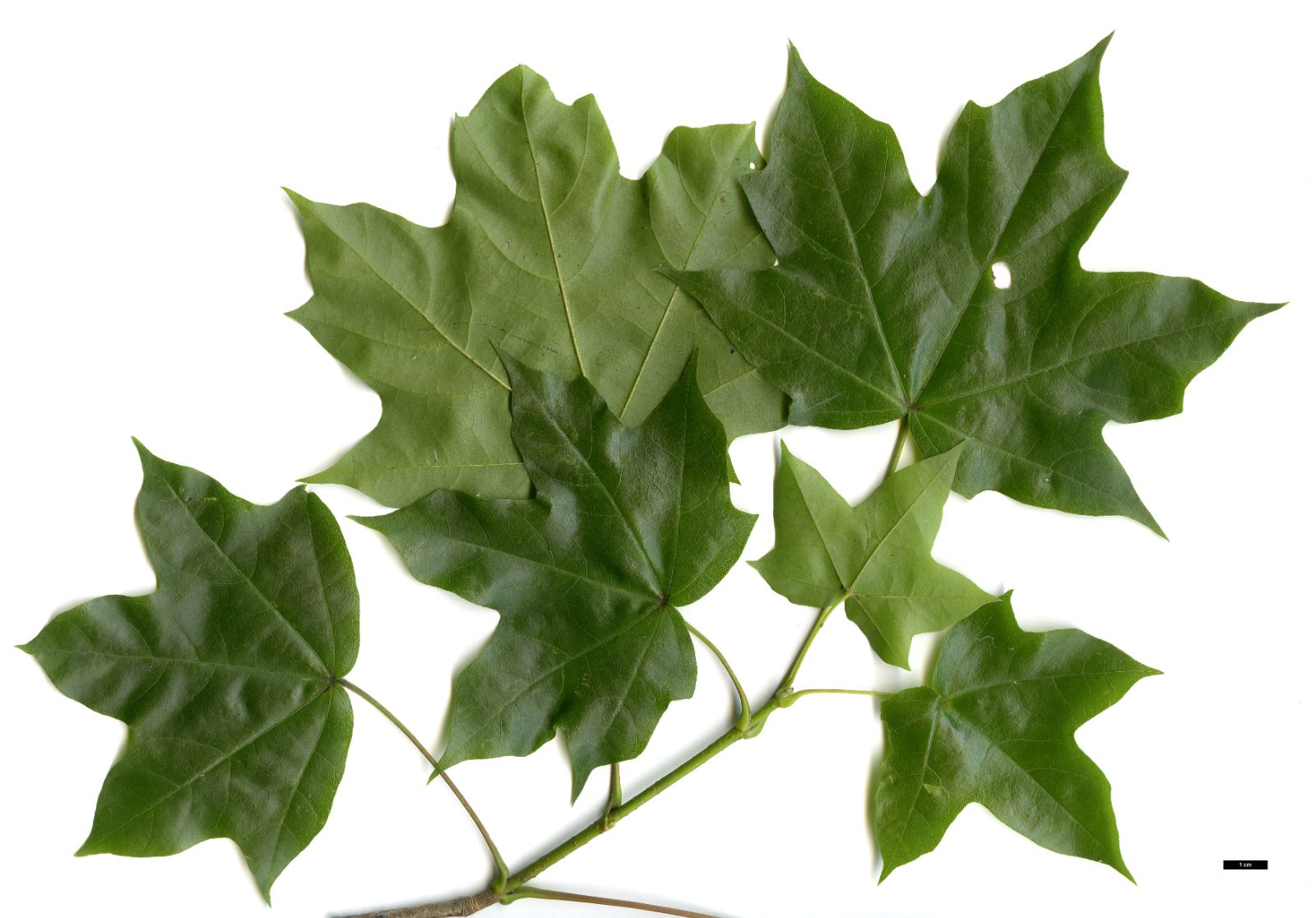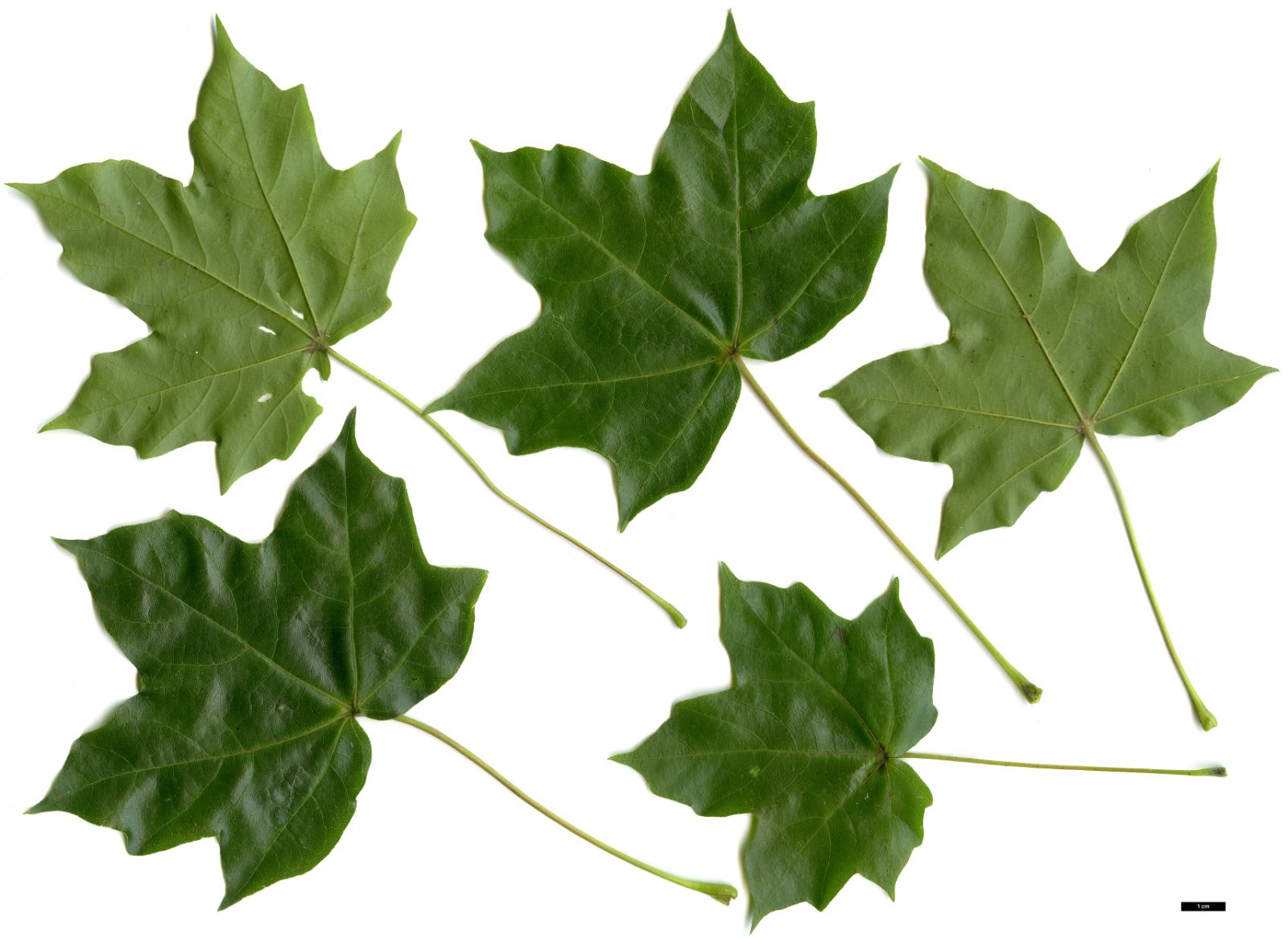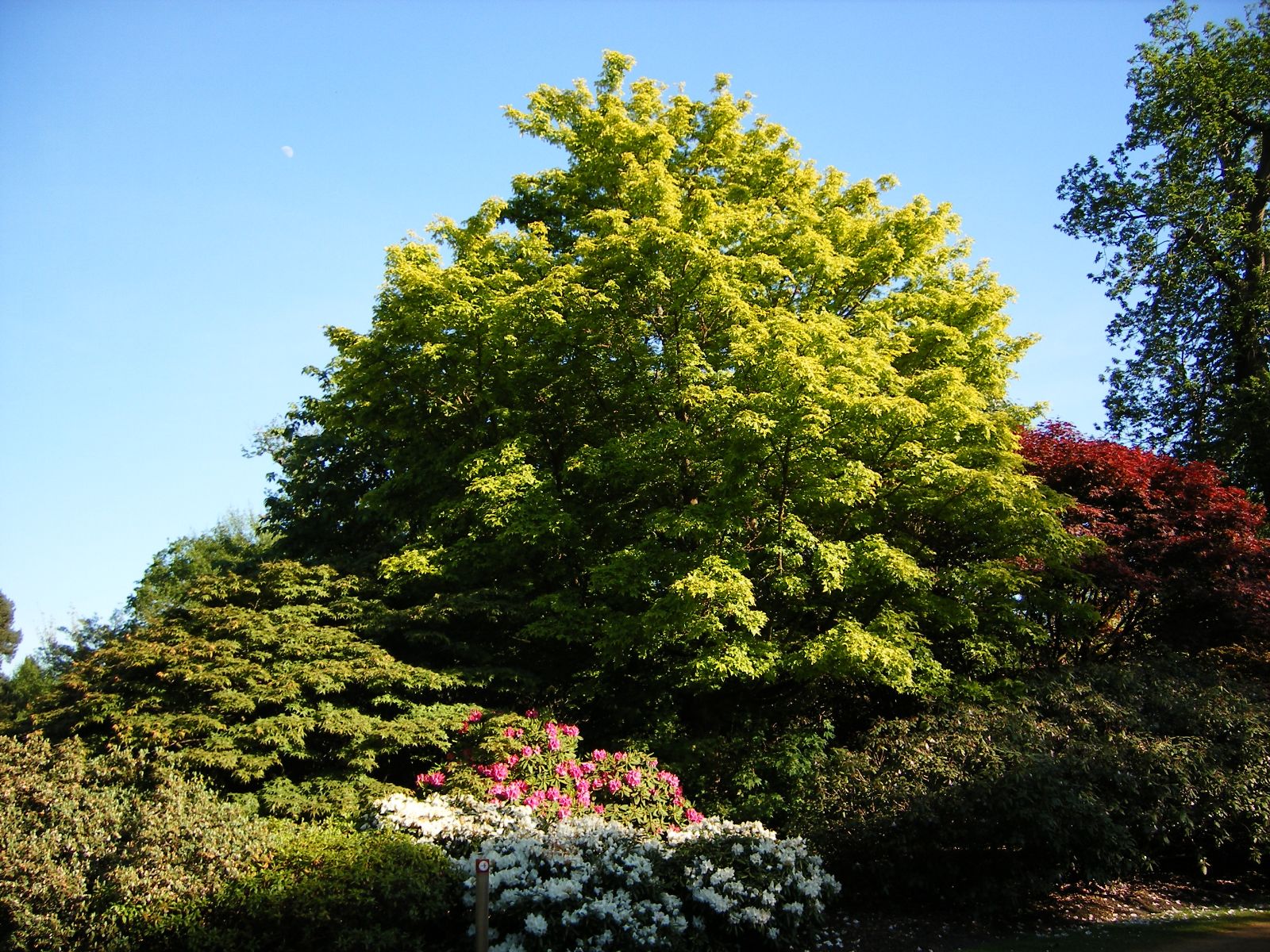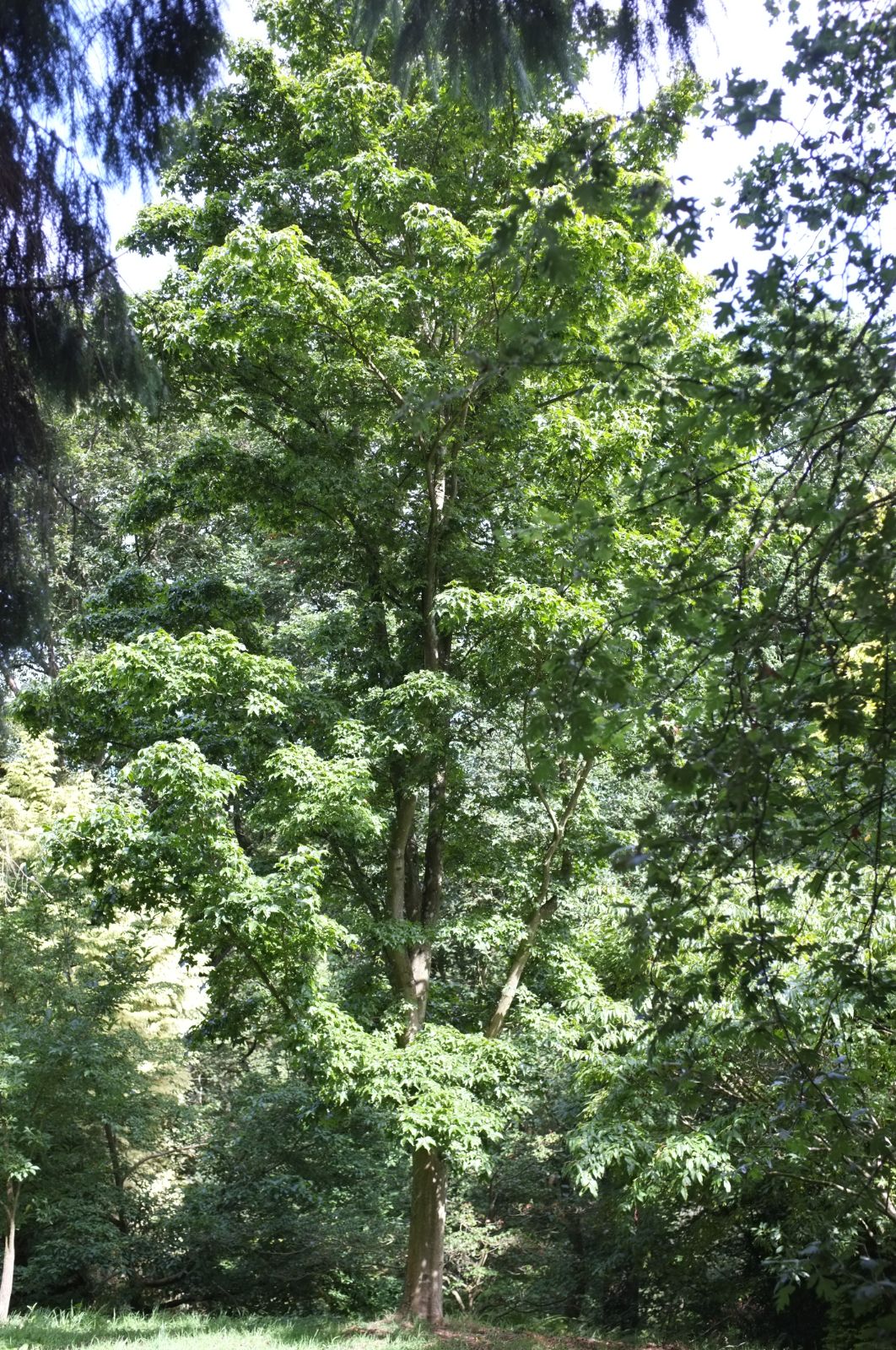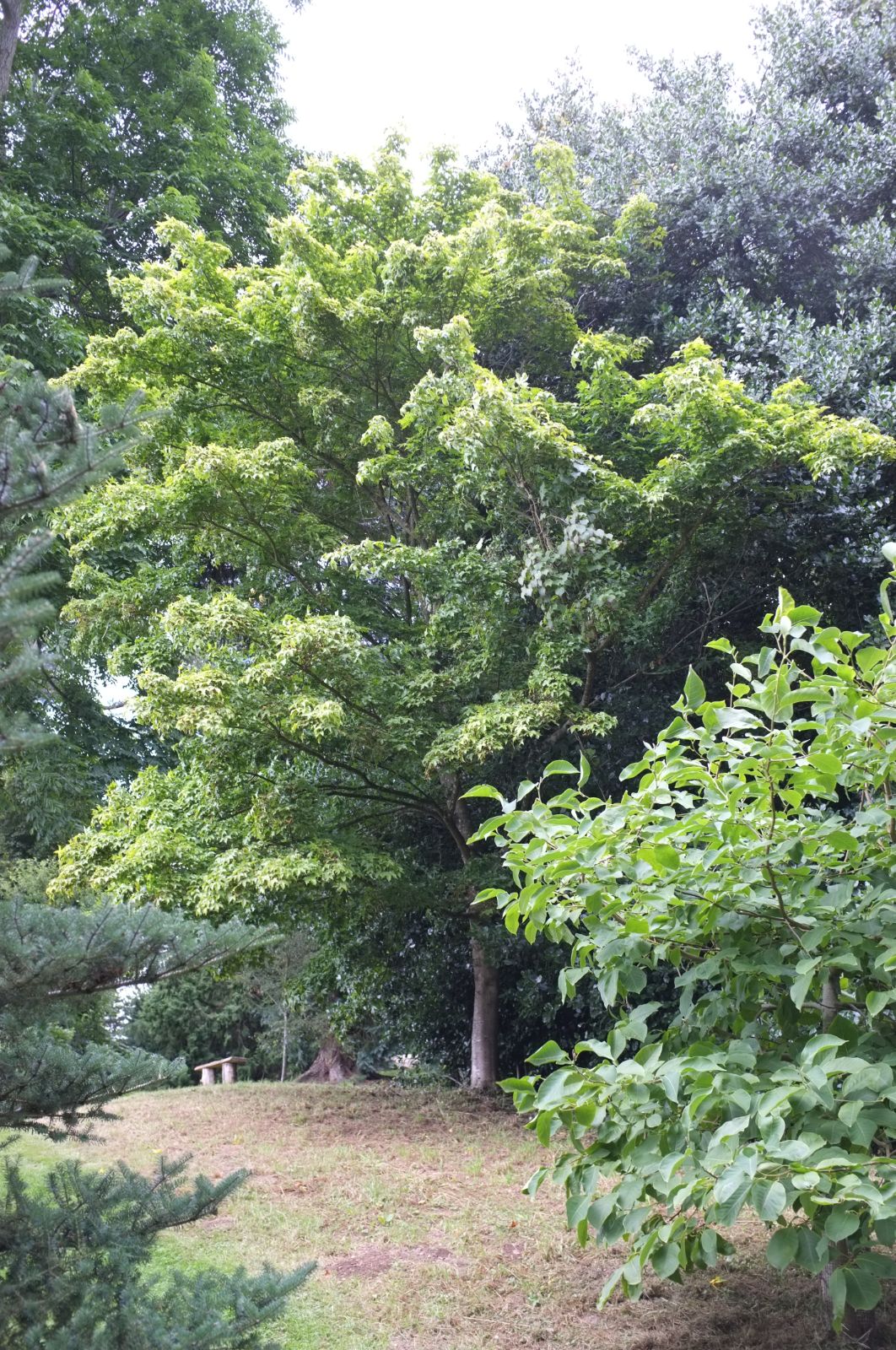Acer × hillieri
Sponsor
Kindly sponsored by
a member of the International Dendrology Society
Credits
Dan Crowley (2020)
Recommended citation
Crowley, D. (2020), 'Acer × hillieri' from the website Trees and Shrubs Online (treesandshrubsonline.
Genus
Infraspecifics
Other taxa in genus
- Acer acuminatum
- Acer amplum
- Acer argutum
- Acer barbinerve
- Acer buergerianum
- Acer caesium
- Acer calcaratum
- Acer campbellii
- Acer campestre
- Acer 'Candy Stripe'
- Acer capillipes
- Acer cappadocicum
- Acer carpinifolium
- Acer 'Cascade'
- Acer caudatum
- Acer ceriferum
- Acer chapaense
- Acer chienii
- Acer circinatum
- Acer cissifolium
- Acer × conspicuum
- Acer cordatum
- Acer coriaceifolium
- Acer × coriaceum
- Acer crataegifolium
- Acer davidii
- Acer diabolicum
- Acer distylum
- Acer divergens
- Acer duplicatoserratum
- Acer elegantulum
- Acer erianthum
- Acer 'Esk Flamingo'
- Acer fargesii
- Acer fenzelianum
- Acer flabellatum
- Acer forrestii
- Acer franchetii
- Acer × freemanii
- Acer fulvescens
- Acer 'Gimborn'
- Acer ginnala
- Acer glabrum
- Acer 'Gold Coin'
- Acer granatense
- Acer grandidentatum
- Acer griseum
- Acer heldreichii
- Acer henryi
- Acer hookeri
- Acer hyrcanum
- Acer japonicum
- Acer kawakamii
- Acer komarovii
- Acer laevigatum
- Acer laurinum
- Acer laxiflorum
- Acer lobelii
- Acer longipes
- Acer macrophyllum
- Acer mandshuricum
- Acer maximowiczianum
- Acer maximowiczii
- Acer metcalfii
- Acer miaotaiense
- Acer micranthum
- Acer 'Mindavi'
- Acer 'Minorient'
- Acer miyabei
- Acer miyabei × campestre
- Acer monspessulanum
- Acer morifolium
- Acer 'Mozart'
- Acer oblongum
- Acer obtusifolium
- Acer okamotoanum
- Acer oliverianum
- Acer opalus
- Acer orientale
- Acer palmatum
- Acer papilio
- Acer pauciflorum
- Acer pectinatum
- Acer pensylvanicum
- Acer pentaphyllum
- Acer pentapotamicum
- Acer pictum
- Acer pilosum
- Acer pinnatinervium
- Acer platanoides
- Acer platanoides × amplum
- Acer platanoides × truncatum
- Acer × pseudoheldreichii
- Acer pseudoplatanus
- Acer pseudosieboldianum
- Acer pubinerve
- Acer pycnanthum
- Acer rubescens
- Acer rubrum
- Acer rufinerve
- Acer saccharinum
- Acer saccharum
- Acer sempervirens
- Acer 'Serpentine'
- Acer serrulatum
- Acer shenkanense
- Acer sieboldianum
- Acer sikkimense
- Acer 'Silver Cardinal'
- Acer 'Silver Ghost'
- Acer sinense
- Acer sinopurpurascens
- Acer spicatum
- Acer stachyophyllum
- Acer taronense
- Acer tataricum
- Acer tegmentosum
- Acer tenellum
- Acer tetramerum
- Acer tibetense
- Acer tonkinense
- Acer triflorum
- Acer truncatum
- Acer tschonoskii
- Acer turkestanicum
- Acer tutcheri
- Acer ukurunduense
- Acer velutinum
- Acer wardii
- Acer 'White Tigress'
- Acer wilsonii
- Acer × zoeschense
A cross between Acer cappadocicum and A. miyabei. A deciduous tree to 10 m. Bark grey to brown. Leaves, chartaceous, 8–20 × 10–20 cm, 5(–7) -lobed, the lobes ovate, the three central lobes with a single pair of broad teeth in the apical half, base deeply cordate, apically acuminate, glabrous below, except along main veins, margins entire to undulate; petiole glabrous or pubescent, slender, to 14 cm long, exuding a milky sap when broken; autumn colour yellow to golden brown. Inflorescence corymbose, erect, pubescent. Flowers yellowish green, 5-merous. Samaras with wings spreading at broad angles; nutlets flattened. (van Gelderen et al. 1994; le Hardÿ de Beaulieu 2003).
USDA Hardiness Zone 5
RHS Hardiness Rating H6
Conservation status Not evaluated (NE)
Acer × hillieri was named by Roy Lancaster in 1979 who had identified a plant at the Hillier Nurseries that, dating from before 1935 and raised from seed of a tree of A. miyabei at Kew, was not true to that species. On a visit to Hergest Croft similar seedlings were observed, raised from a specimen of A. miyabei, which had A. cappadocicum ‘Aureum’ growing close by, confirming A. cappadocicum as the pollen parent (Clarke 1988). The Hillier plant was subsequently named ‘West Hill’, and the Hergest plant ‘Summergold’ (van Gelderen et al. 1994). The hybrid is intermediate between its parents and of ‘more moderate growth than A. cappadocicum’ (Clarke 1988).
'Summergold'
RHS Hardiness Rating: H6
The form raised and named by Lawrence Banks at Hergest Croft, Acer × hillieri ‘Summergold’ shows the influence of the pollen parent A. cappadocicum ‘Aureum’ in its golden yellow leaves and red new growth in summer (Edwards & Marshall 2019). le Hardÿ de Beaulieu (2003, p. 160) describes it as an ‘average-sized tree with dense, upright branching’.
'West Hill'
RHS Hardiness Rating: H6
The form of the hybrid raised at Hillier’s West Hill Nursery in Winchester, Acer × hillieri ‘West Hill’ is a small- to medium-sized tree with somewhat glossy 5– to 7-lobed leaves (Edwards & Marshall 2019). Its leaves are yellow on emergence as well as in autumn (le Hardÿ de Beaulieu 2003). The UK and Ireland Champion was measured at 15 m tall in 2017, growing at the Sir Harold Hillier Gardens, Hampshire (The Tree Register 2018).

